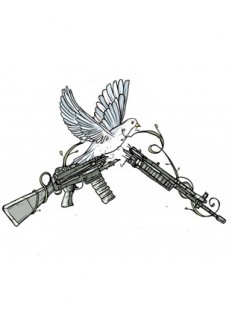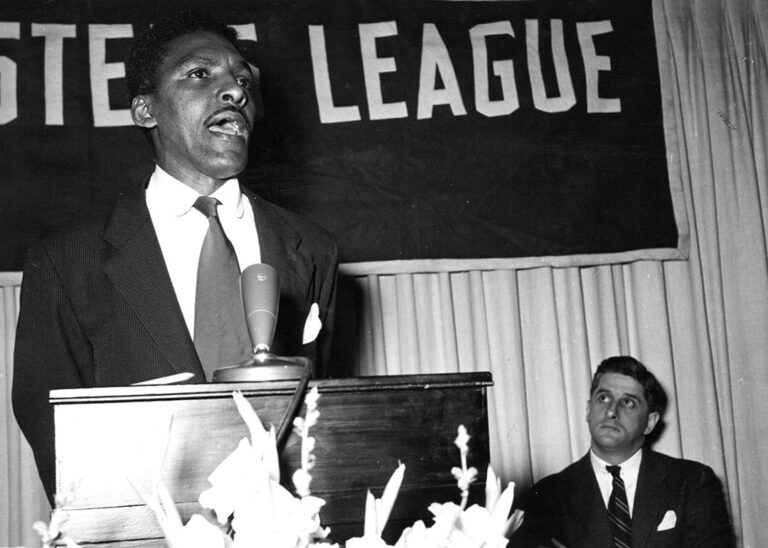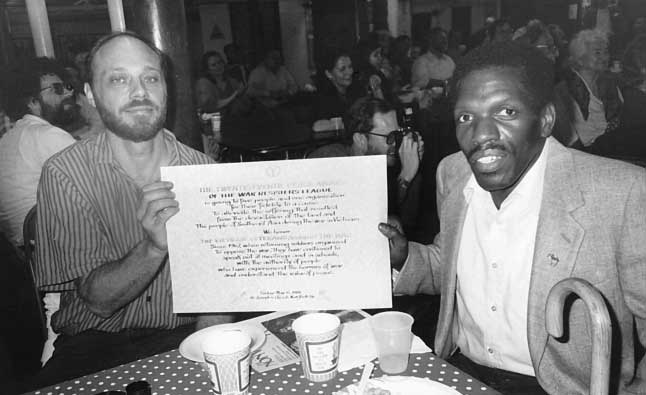The 1971 May Day Actions
With the slogan “If the government won’t stop the war [in Vietnam], we’ll stop the government,” the largest mass arrests in U.S. history – 13,500 – occurred in May 1971 as hundreds of autonomous affinity groups from around the country converged on Washington, DC. On May 1, a couple days before the action, more than…





